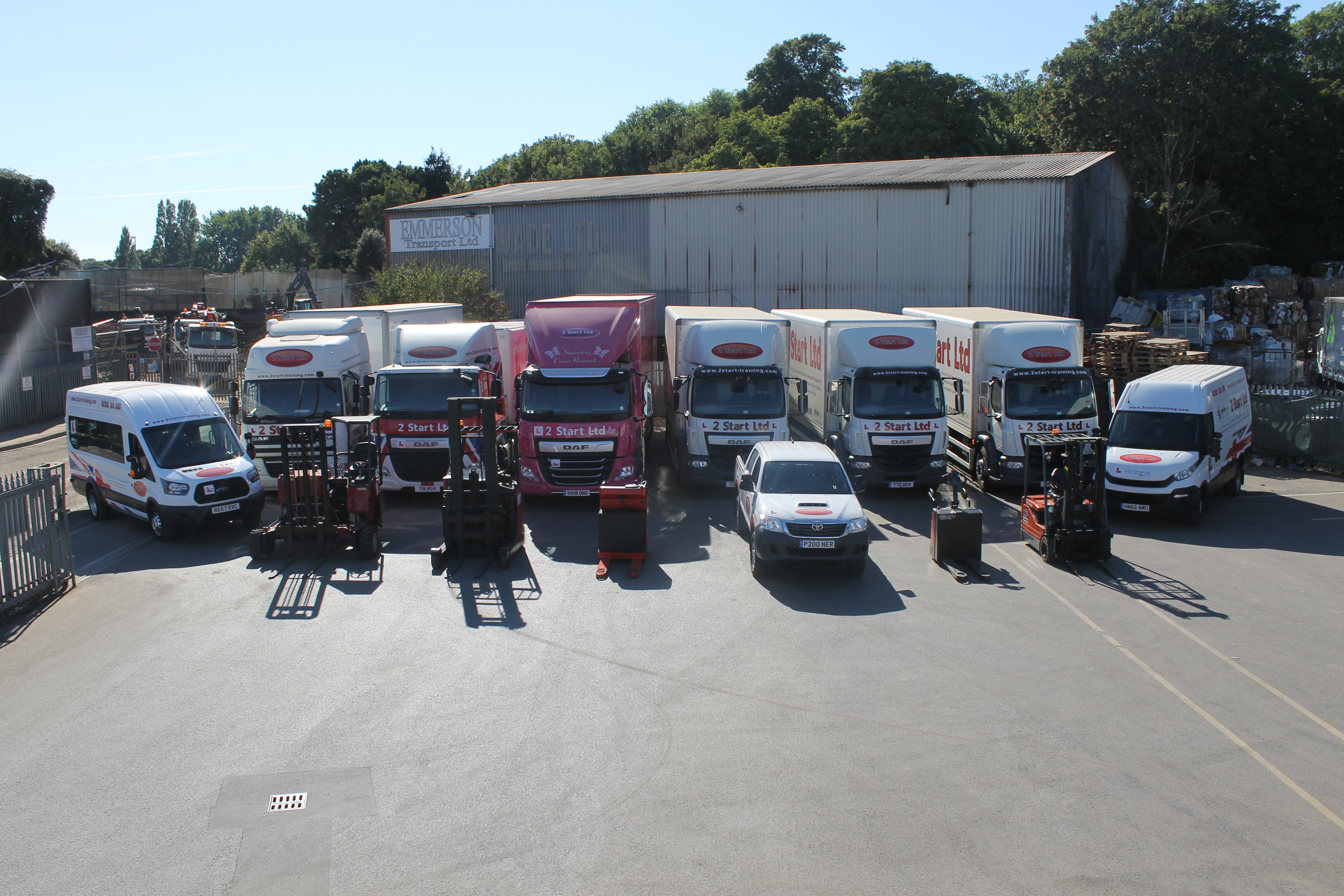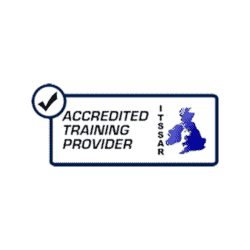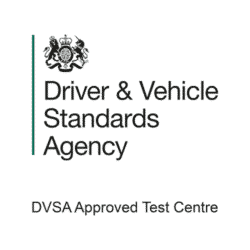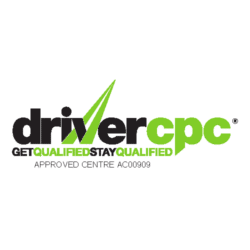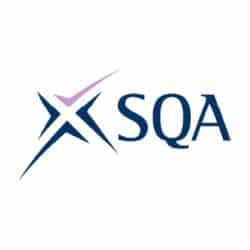What are the requirements?
To become a member of the ambulance service there is a few avenues you can take. Paramedic technicians do require you to attend university and complete a degree in paramedic science, however there are alternative routes too.
For instance, you could apply for an apprenticeship with your local ambulance service NHS trust. Click here to apply.
If you didn’t want to attend university, you may take the emergency care assistant role. This would require 3-4 GCSE’s including your English, Maths and a Science subject for you to apply.
Alternatively, many go on to become Ambulance Care Drivers. This role involves driving patients in the community to the hospital for their appointments.
The ambulance service is a great career path to take, and you can explore the roles available here. Click the link for more information about the types of jobs in the ambulance service.
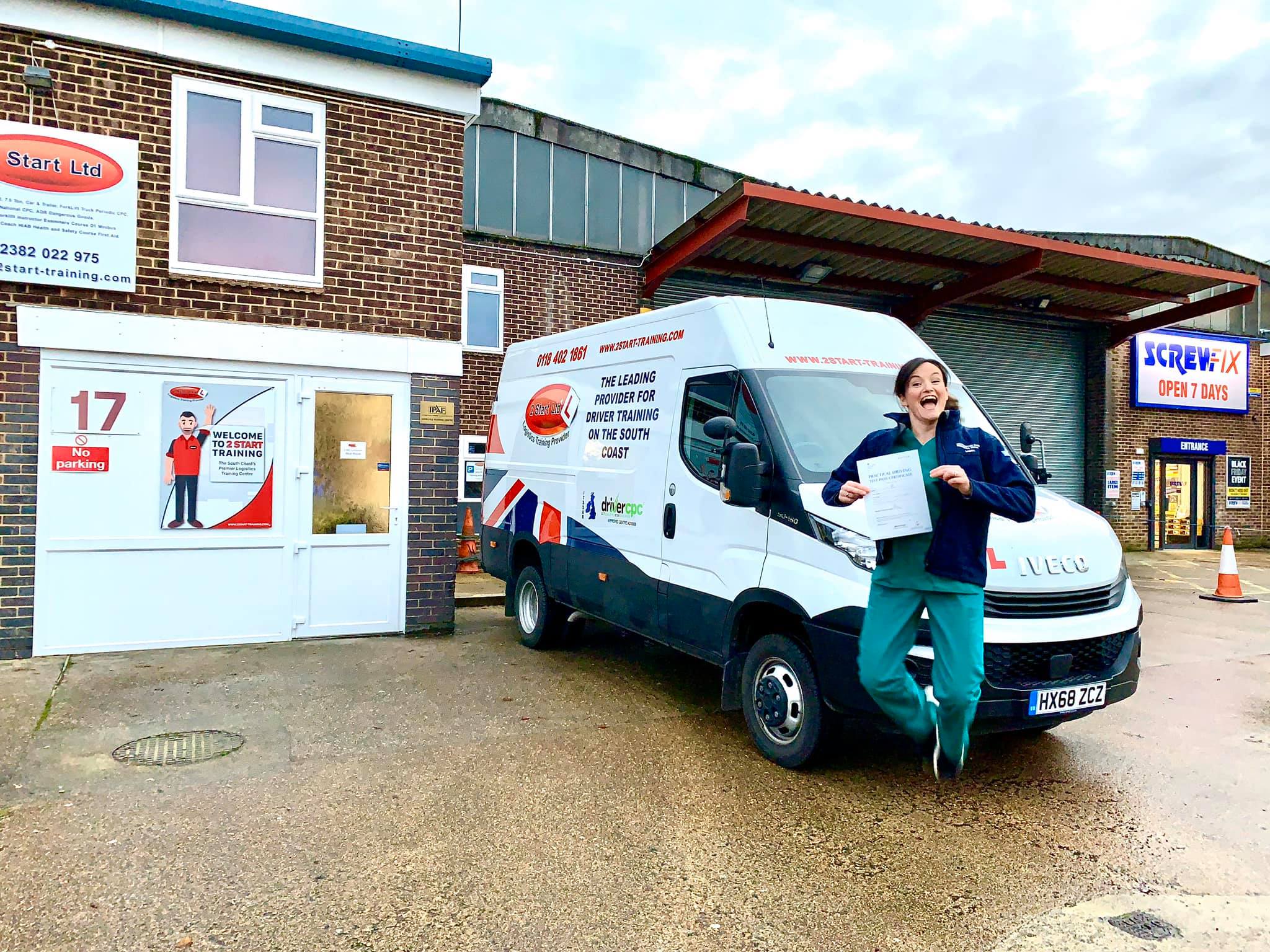
How much can I earn?
The average salary for an ambulance driver in the UK is £20,000-£28,000.
Whereas the average pay for a fully trained paramedic starts at £28,000. However, this has been seen to reach as much as £40,000.
Which driving qualifications do I need to have to drive an ambulance?
To drive an ambulance as a Paramedic or Care Driver, you will need to obtain the class C1 on your driving licence.
To acquire your C1 licence you will need to be over 18 years old and hold a car driving licence. You will need to take the relevant theory and practical driving tests.
If you passed your car licence test (class B) before January 1997 you will benefit from acquired rights. You will already have this entitlement on your licence and you will not have to complete any further tests.
How do I get my C1 Licence?
In order to become an ambulance driver, you will need to obtain your C1 licence. Once you have gained your C1 licence, you will be able to drive vehicles from 3.5-tonnes up to 7.5-tonnes with a trailer of up to 750kgs.
C1 driver training can be completed in 4 parts: Attend & pass an LGV medical assessment, apply to the DVSA for provisional entitlements to be added to your licence, complete your theory tests which include both Multiple Choice & Hazard Perception tests and finally, you will need to complete your practical driver training to show you can safely operate a C1 category vehicle on the road.
To acquire your licence, you must be over 18 years old and already hold a licence to drive a car (class B). If you gained your car licence before January 1997 you will have benefited from acquired rights and already have the C1 entitlement on your licence. You will not need to take any additional tests. If you passed your car licence test after January 1997 you will need to complete the following steps.
- 1. Attend and pass an LGV medical assessment. You will need to take a D4 medical form with you for the doctor to complete. 2 Start Training can assist you with arranging your medical or you can contact your local GP, they will be able to inform you of the relevant fees.
- 3. Theory tests. You will need to complete 2 theory tests to obtain your C1 licence to become an ambulance driver. There is a 100-question multiple-choice test which you must get 85% correct to pass. The second test is a hazard perception test where you will watch small video clips from the point of view of the driver of the vehicle. You will need to indicate when a hazard appears. The test pass mark is 67/100 and the test contains 19 clips.
- 2. Apply to the DVSA for the provisional entitlement to be added to your current driving licence. Completing form D2 and sending this with your completed D4 form, along with your current driving licence to the DVSA. They will send back your driving licence with the C1 provisional entitlement added.
- 4. Your practical driver training and test will show you how to drive the vehicle safely on the road. You will be shown the test routes and practice the reversing manoeuvre. The practical driving test is approximately 1 hour long and the examiner will assess your ability to drive safely on the road. Once you have successfully passed your practical test you can send off your licence to the DVSA who will update your licence to show the C1 entitlement.
Once you have completed the steps, you can be driving an ambulance in no time!
If you wish to use your C1 licence for another job such as a delivery driver, you would need to pass an additional qualification, the Driver CPC qualification. If you are going to use your C1 licence to drive a large goods vehicle for a reward you will need this qualification. Ambulance drivers do not need this qualification.
